KWVR Railway celebrates the romantic notion of the steam train
West Yorkshire's heritage railway brings in passengers from all over to experience the magic of the steam engine train
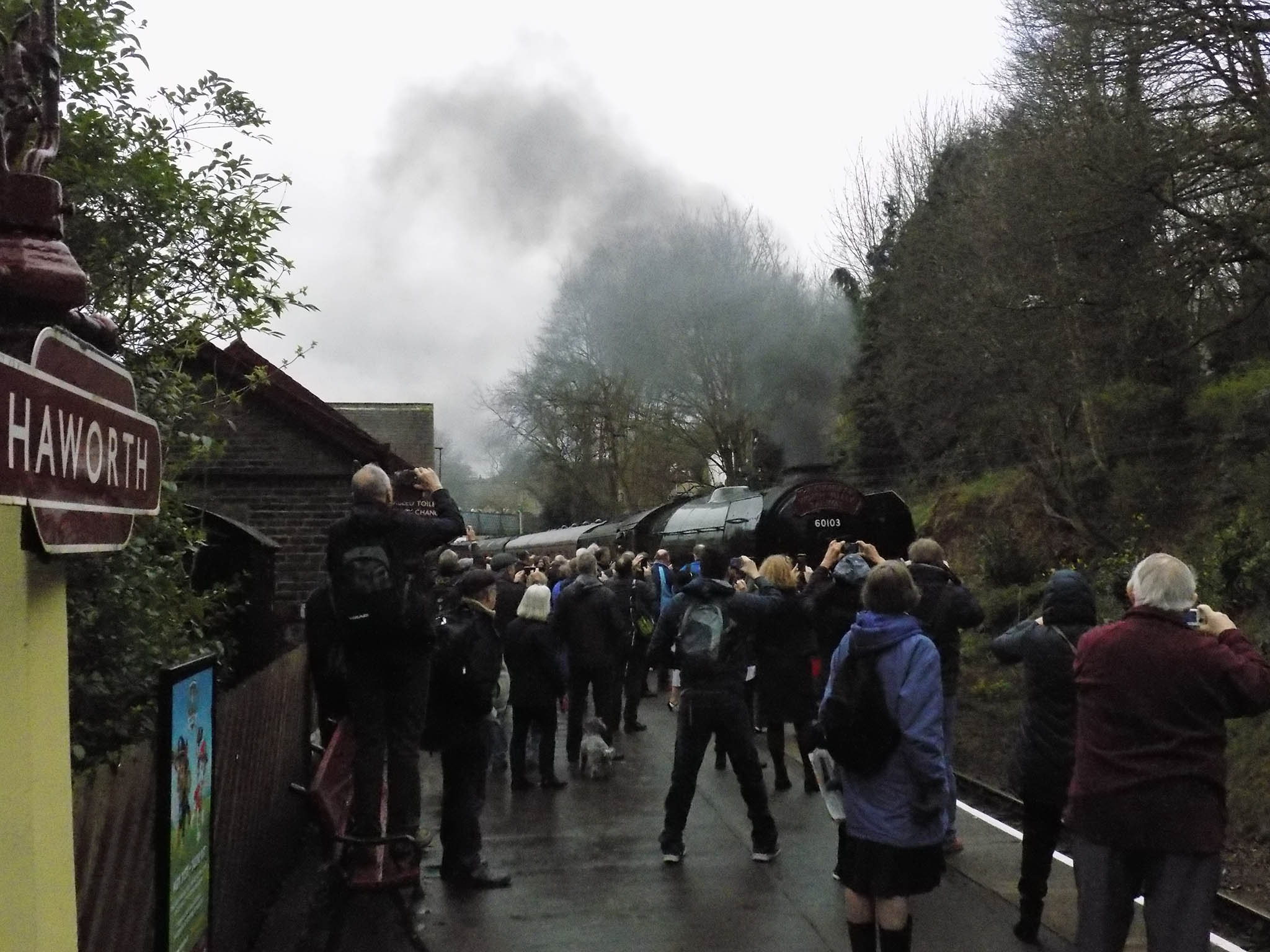
Your support helps us to tell the story
From reproductive rights to climate change to Big Tech, The Independent is on the ground when the story is developing. Whether it's investigating the financials of Elon Musk's pro-Trump PAC or producing our latest documentary, 'The A Word', which shines a light on the American women fighting for reproductive rights, we know how important it is to parse out the facts from the messaging.
At such a critical moment in US history, we need reporters on the ground. Your donation allows us to keep sending journalists to speak to both sides of the story.
The Independent is trusted by Americans across the entire political spectrum. And unlike many other quality news outlets, we choose not to lock Americans out of our reporting and analysis with paywalls. We believe quality journalism should be available to everyone, paid for by those who can afford it.
Your support makes all the difference.In Haworth, down the hill from where the Brontë sisters lived, the town’s tiny train station is packed. The little foot-bridge above the single railway track is groaning with people. It’s 8.30am on Friday, but these aren’t commuters.
There’s an expectant air and a palpable sense of excitement as a white plume is sighted around the corner where the track disappears, followed by a rhythmic chugging as a train hoves into view.
It could be a scene from a period drama, save for the proliferation of smartphones held high to chart the passage of the none other than the Flying Scotsman, surely one of the most famous steam locomotives in the country, along the small platform.
Ah, the romance of steam. Nothing quite compares to this big, joyous reminder of Britain’s industrial heritage. Steam is Richard Hannay, fleeing spies from a train on the Forth Bridge in The Thirty-Nine Steps. It’s the terribly, terribly stiff-upper-lip sacrifice of Brief Encounter. It is, even, the only way to access the magic of Harry Potter’s Hogwarts school for wizards in style.
And steam is what they do on the Keighley and Worth Valley Railway, the five-mile long heritage line which is this week playing host to the Flying Scotsman, and which is not only keeping the dream of a lost part of Britain’s heritage alive, but doing it with a triumphant whistle from the cab.
“It’s in the blood,” says Richard Jones. He’s the operations manager of the KWVR, one of a tiny handful of paid employees who work with a veritable army of volunteers to run and maintain the line, which runs from the tiny village of Oxenhope to the town of Keighley, stopping at Haworth, Oakworth, Damems and Ingrow along the way.
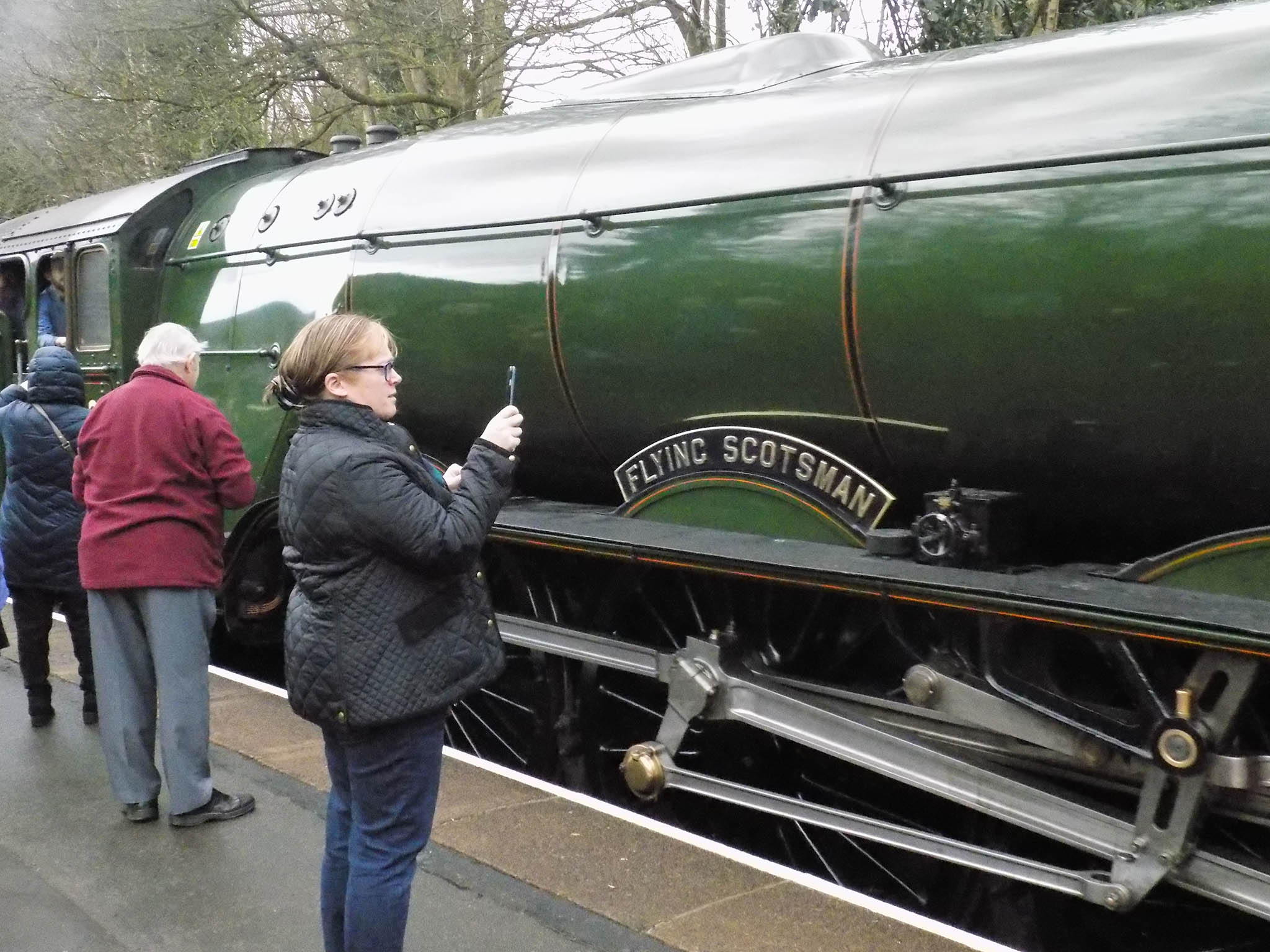
Even the strange and beguiling names of the beautifully and sympathetically restored stations are like something from a gazetteer of lost England, these little West Yorkshire villages nestling partly in stunning countryside, partly in reminders that the north is still very much the industrial heartland.
Jones has worked at the KWVR, from his office in Haworth, for two years, but says he’s been obsessed by steam railways since he was at school – that’s 44 years. And while those who ride the line these days are tourists and enthusiasts, it wasn’t always that way.
“The line was originally built to serve the mills,” says Jones. “This whole area was once plastered with mills, and the line was a convenient way to get materials in and the produce out, as well as making it easier for people to get to work.”
The mills might have mostly gone, or morphed into blocks of apartments, but standing on the platforms of the stations, particularly Haworth, is like taking a trip back in time. Jones says, “What you see today is exactly as it was back at the height of the line being run.”
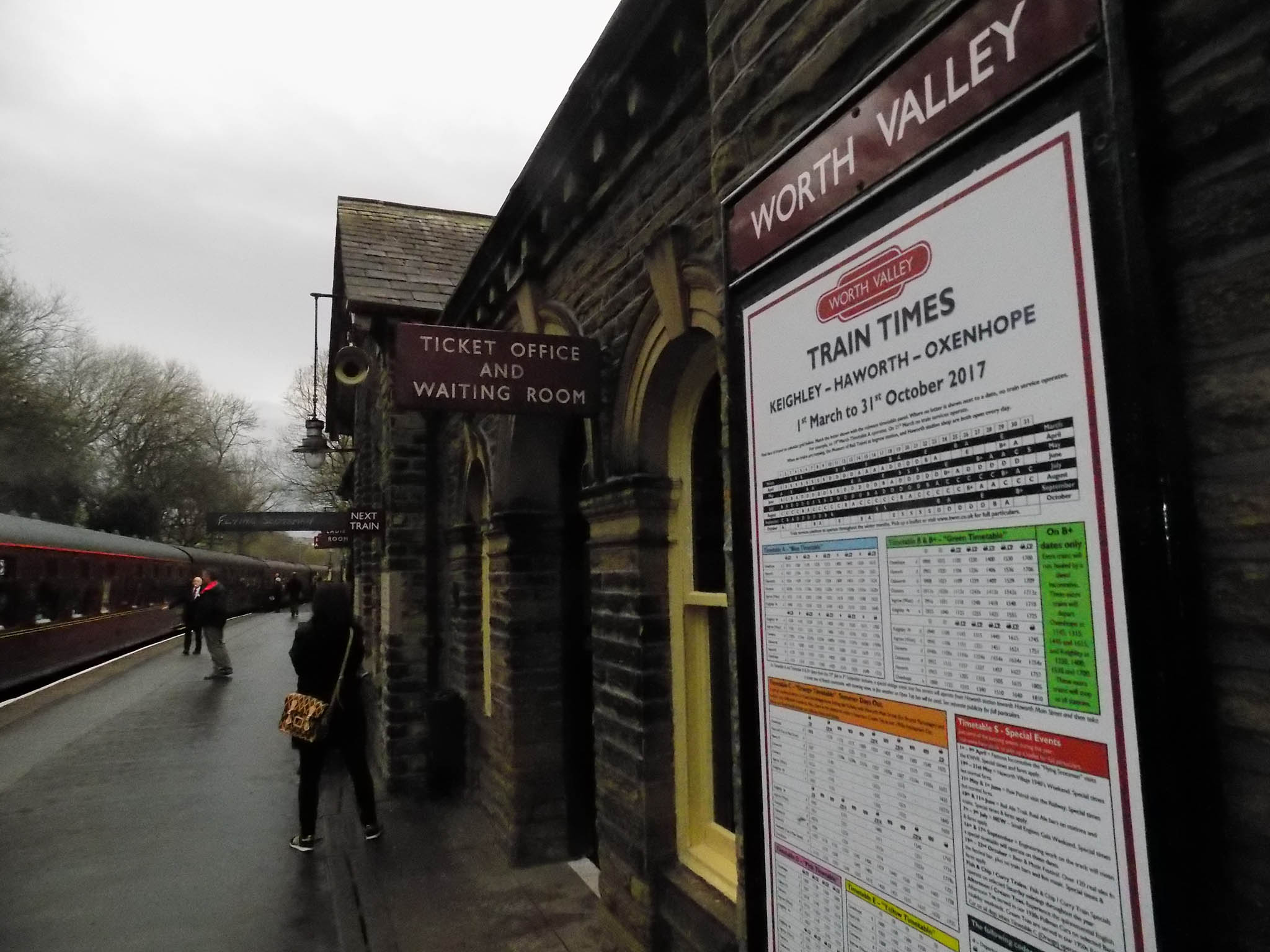
The line is in the midst of two big anniversaries. This month it will be 150 years since the opening ceremony on 13 April 1867. The story goes that it was not necessarily industry that prompted the building of the line, but a visit to Haworth by civil engineer John McLandsborough in 1861, who wanted to pay homage to the home of the Brontë sisters. He was somewhat taken aback that such an important literary landmark wasn’t served by the railways, and his proposal that a line should be established was taken up by the local mill-owners, and in 1862 the railway was incorporated by an act of parliament.

The other big anniversary is the birthday of the railway’s rebirth as a heritage line, which will be celebrated next year, 50 years after it was opened in 1968. It was a very forward-thinking move for the time; interest in the railways was waning and steam was pretty much dead.
Jones says: “Everyone wanted a car in the late 1950s and early 1960s, and British Rail was closing lines down. Steam continued until 1968 in the north-west, but here the locomotives had been replaced by diesel multiple units a few years before.”
The last passenger service was run by British Rail on the line on 30 December 1961, and the final freight train in June 1962. That same year the preservation society was formed, and in June 1968 the line reopened as a heritage railway.
“We were certainly one of the first heritage lines to open,” says Jones. “But people didn’t want to see it die, they wanted to keep it going as an attraction if not as a working railway for commuters.”
And it proved an instant hit, not just with local people but with those from far and wide who were mourning the death of steam. And within 18 months the KWVR achieved international fame.
You’ll have seen the 1970 film The Railway Children, of course, and remember the iconic moment when a young Jenny Agutter frantically waves her red bloomers at a steam train to prevent it crashing into a landslide that’s covered the tracks. That was shot on the line near Oakworth; in fact the entire movie was made on location in the area, the line hand-selected by Lionel Jeffries for its evocation of a time that was receding into memory. It’s been immortalised on TV and film several times since; Testament of Youth; Peaky Blinders; Pink Floyd – The Wall; Last of the Summer Wine (of course), and even a chocolate biscuit ad starring Ronnie Corbett.
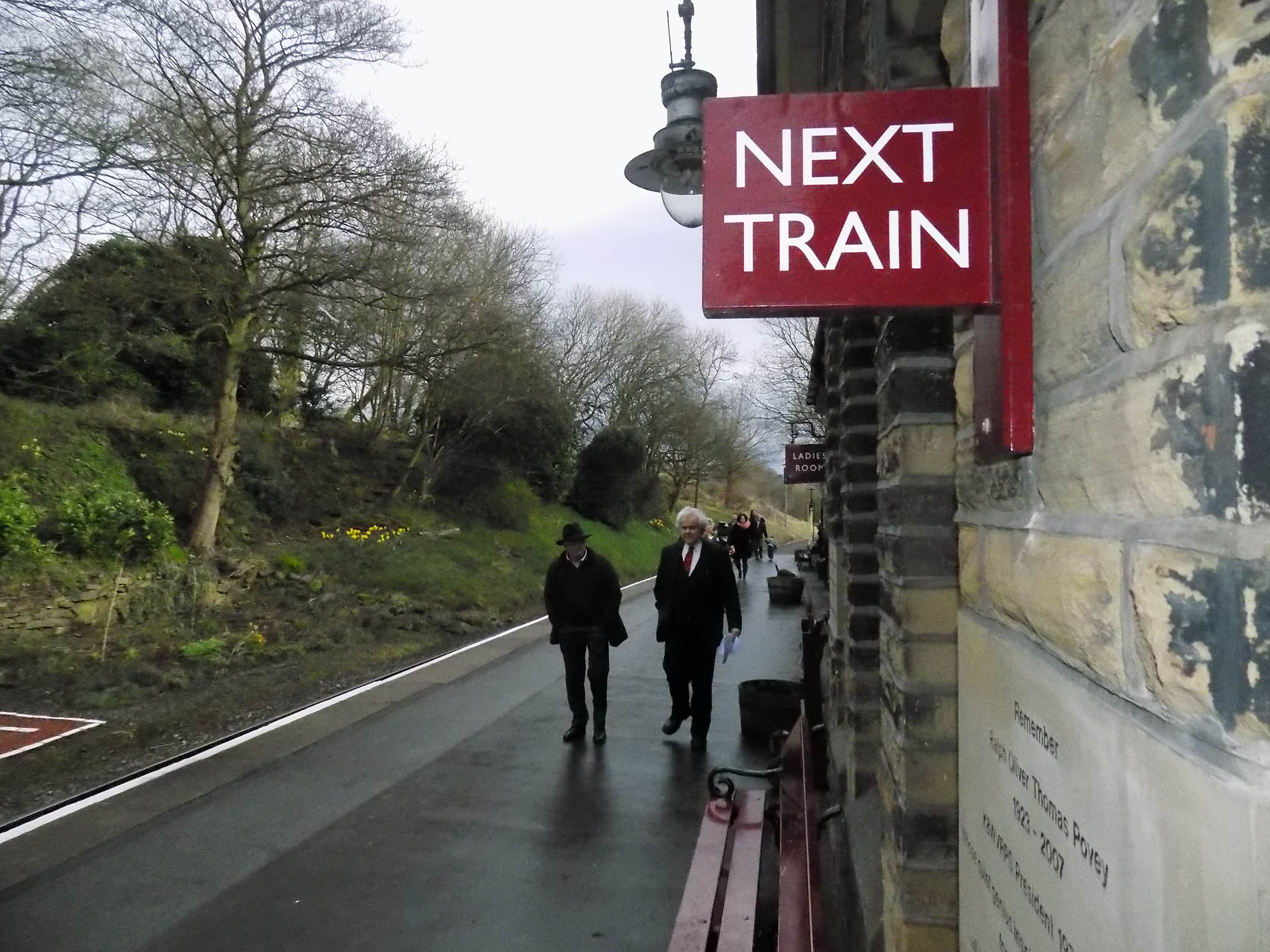
And now it’s a major tourist attraction. The proximity to the honey-trap of Haworth does it no harm, of course, and each year there are 120,000 paying customers travelling up and down the five miles of track. There are more than 500 volunteers who help out, from carrying out maintenance to staffing the stations.
“The contribution of the volunteers is not only significant, it’s essential,” says Jones. “Some of them prefer to be behind the scenes, carrying out maintenance of the track for example, while others like to be involved in meeting the public. A lot of the volunteers are local, of course, but we have people who come from out of the area, sometimes making a week of it.”
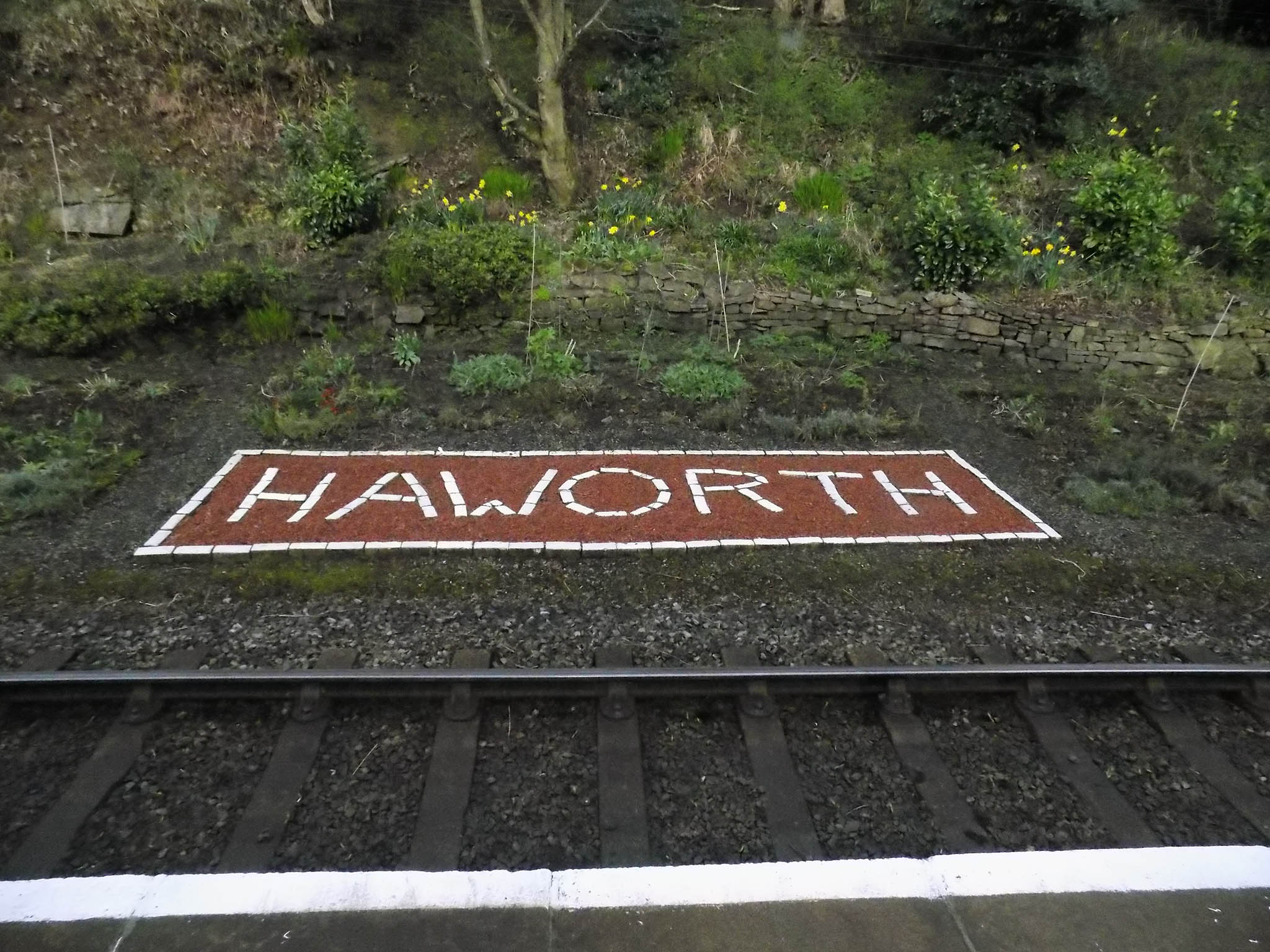
The KWVR is run as a business and has a turnover of around £1.5m a year. It receives no subsidies, and the bulk of its income is from ticket sales, subscriptions from supporters, and events such as the visit of the Flying Scotsman, which continues this coming week until 9 April. Jones says, “We’ve had to change over the past 50 years from a sleepy little branch line into a self-contained business.”
There are usually five locomotives in service at any one time, with others under various states of maintenance or repair. One of the KWVR’s big projects at the moment is a £200,000 restoration project of a 65 ton Class 2 Ivatt tank locomotive, which actually saw service as the first loco on the new heritage line 50 years ago.
Go to Haworth especially on any given day and you will see people dreamily falling in love with the romance of the steam train, either reliving cherished memories or discovering it for the first time. “People of all ages seem fascinated by steam trains,” says Jones. “Those who remember them are diminishing in number, sadly, as time goes on, but younger people love it too. That’s sometimes children who have grown up on Thomas the Tank Engine, but also people who realise that we rush around so much in our day to day lives that taking a trip on a steam train seems much more calm and leisurely, somehow.”
The Flying Scotsman and its carriages pull into Haworth station, and the passengers who will take a trip along the KWVR line and on to the Settle-Carlisle line, re-opened on Friday after work to repair the damage caused by a landslip a year ago, embark on to the carriages, each one with window tables laid out for lunch.
As they step on to the train it’s almost as if the weight and concerns of 21st century living fall away from them, and with a whistle and a puff of white steam against the blue sky, they’re off on a little slice of history.
For information about the Keighley and Worth Valley Railway and the Flying Scotsman’s visit this week go to www.kwvr.co.uk
Join our commenting forum
Join thought-provoking conversations, follow other Independent readers and see their replies
Comments